June 25, 2025
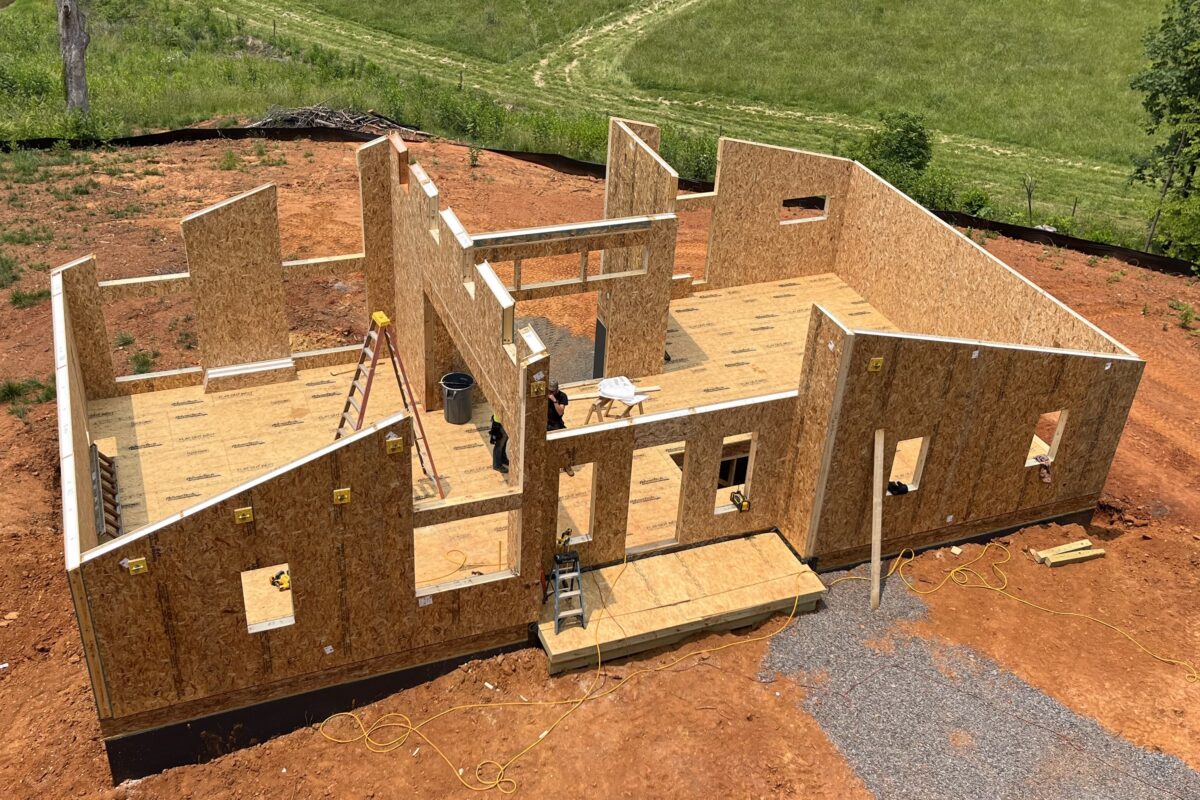
Finding the Best SIP Manufacturers
Focus on the quality, reputation, and reliability of a SIPs manufacturer rather than just their location. A manufacturer far away may still provide better products, service, and value compared to local options.
Read ArticleJanuary 11, 2025

The Best Cities for Living Without a Car
These walkable cities offer easy access to amenities, public transit, and green spaces—all without needing a vehicle. Explore them here, along with their environmental and health benefits.
Read ArticleSeptember 10, 2024

A Look Inside Canada’s Award-Winning Net Zero Homes
Builders and renovators across Canada, propelled by demand from homebuyers, bring the net zero goods
Read ArticleJuly 17, 2024
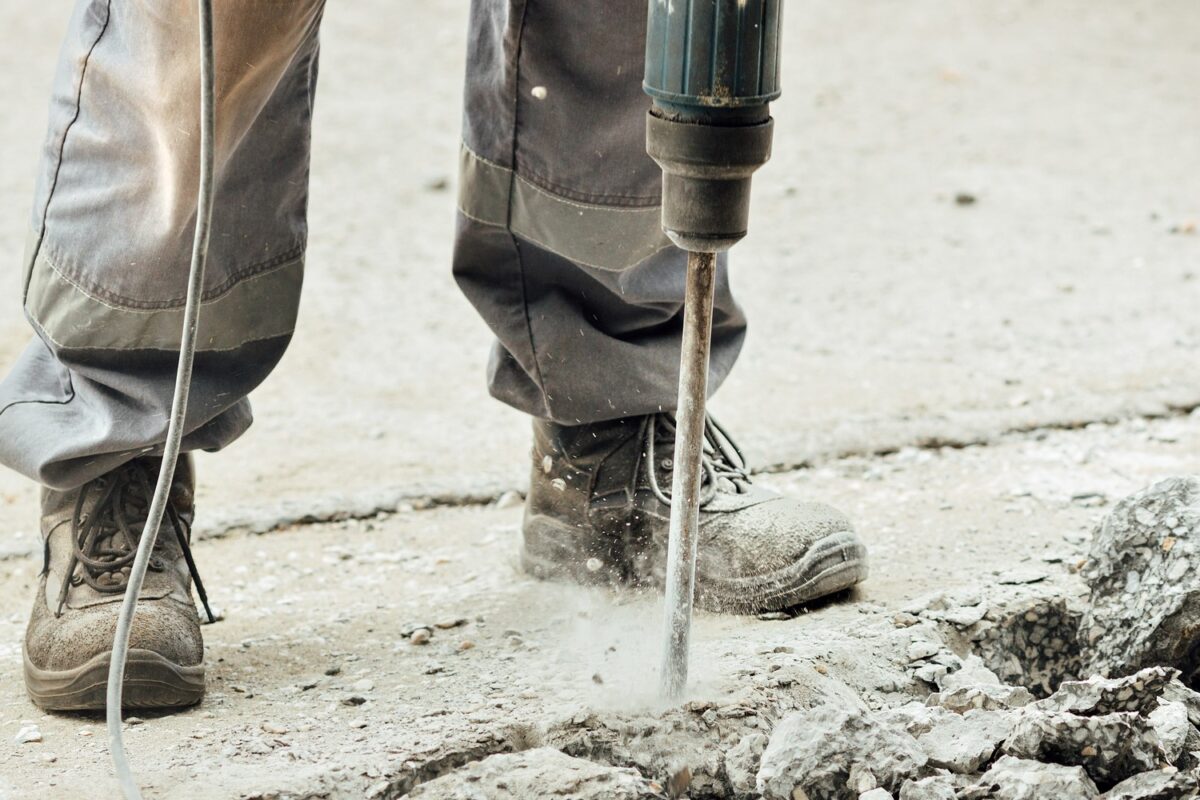
The Elephant in the Room: Deconstruction Reduces Embodied Carbon
Carbon Wise embraces deconstruction over demolition. Reusing materials instead of manufacturing new ones reduces embodied carbon and promotes the circular economy.
Read ArticleJune 20, 2024
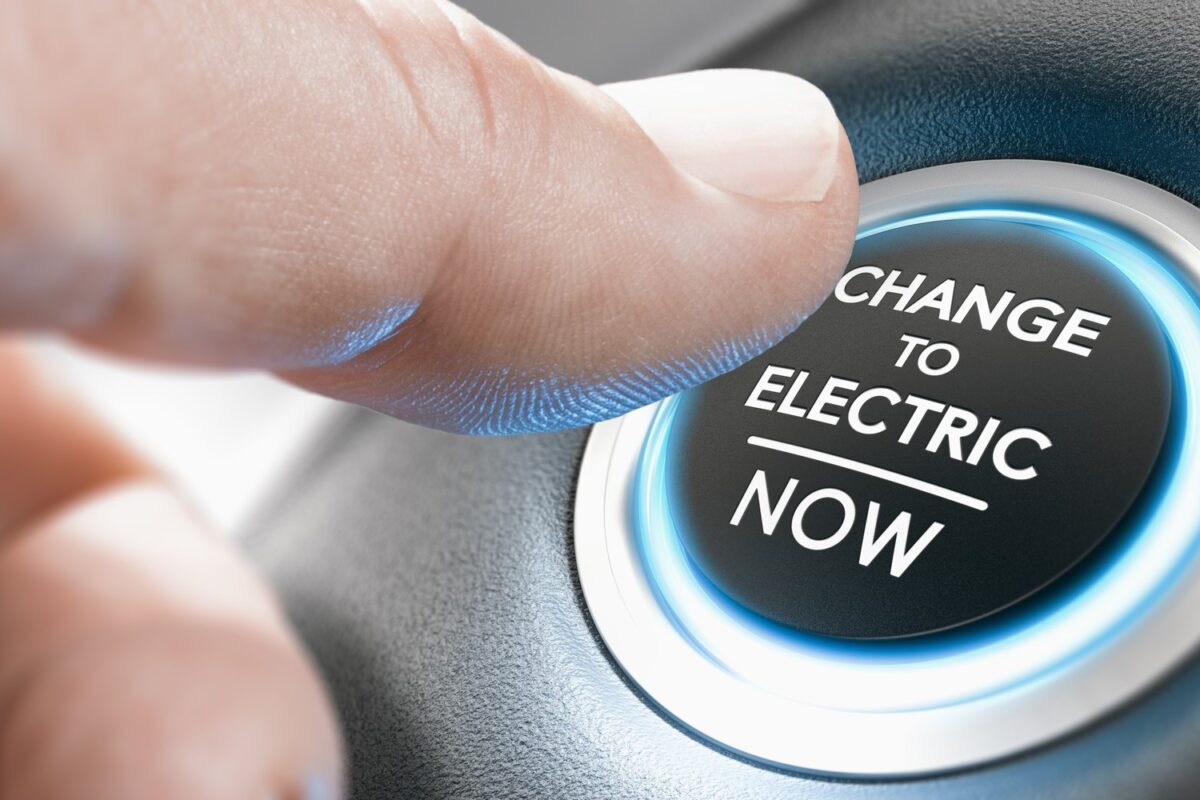
Creating Your Home Electrification Plan: A Step-By-Step Guide
Your values should guide your electrification journey. But with a clear project timeline mapped out, you can budget for upgrades, replace old appliances before they fail, and maximize cost-saving incentives.
Read ArticleApril 26, 2024

Enercept Customized SIPs: The Easiest Way to Build Green
Enercept has been building homes with customizable SIP construction longer than almost anyone else. They embrace creative, sustainable design.
Read ArticleApril 9, 2024

Pearl Home Certification: Leading the Way to High Performance
Pearl Home Certification uses an app to carry contractors through certification, renovations, and then recertification—prioritizing efficiency features along the way.
Read ArticleApril 9, 2024

Decarbonize Your Hearth with an Electric Fireplace
Advances in technology mean that our homes can use less energy without anyone noticing, and without sacrificing our quality of life.
Read ArticleMarch 14, 2024
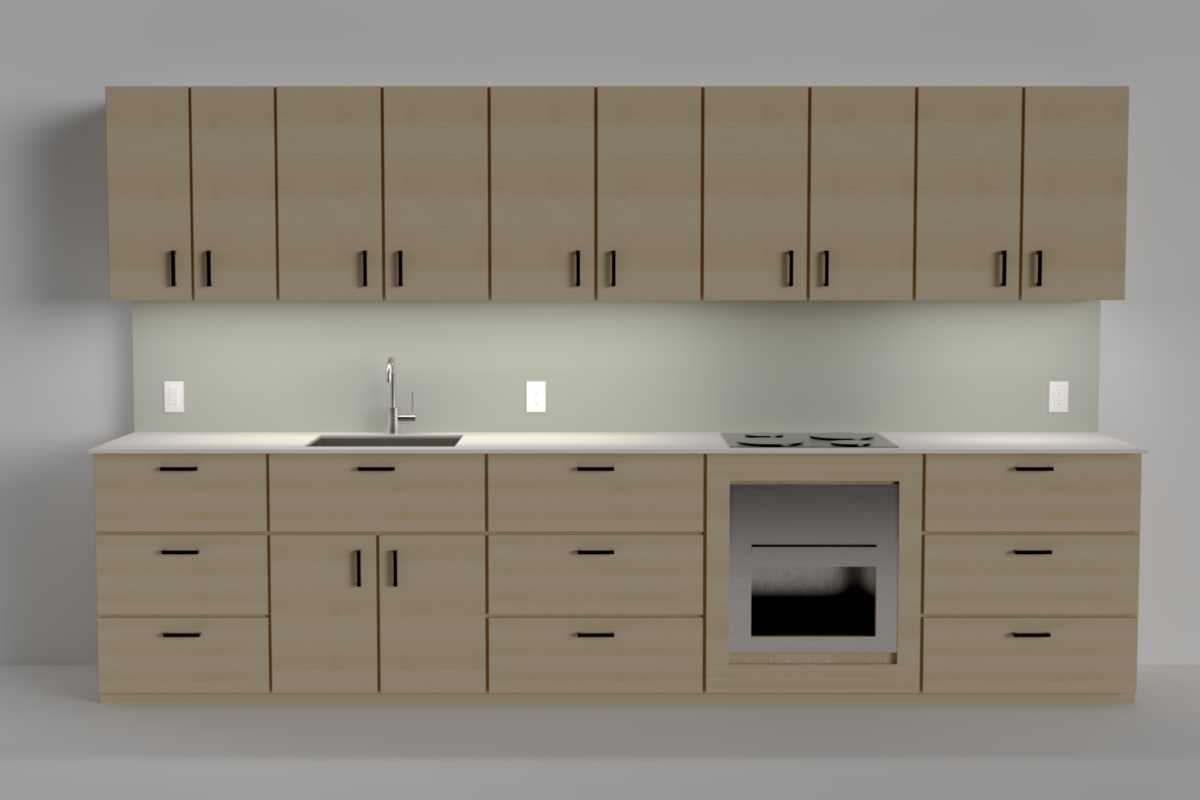
Kit Switch Accelerates Interior Rehabs
Partnering with affordable housing developers and property managers, Kit Switch offers a simple, kit-of-parts approach to designing and constructing apartment interiors.
Read ArticleJanuary 30, 2024
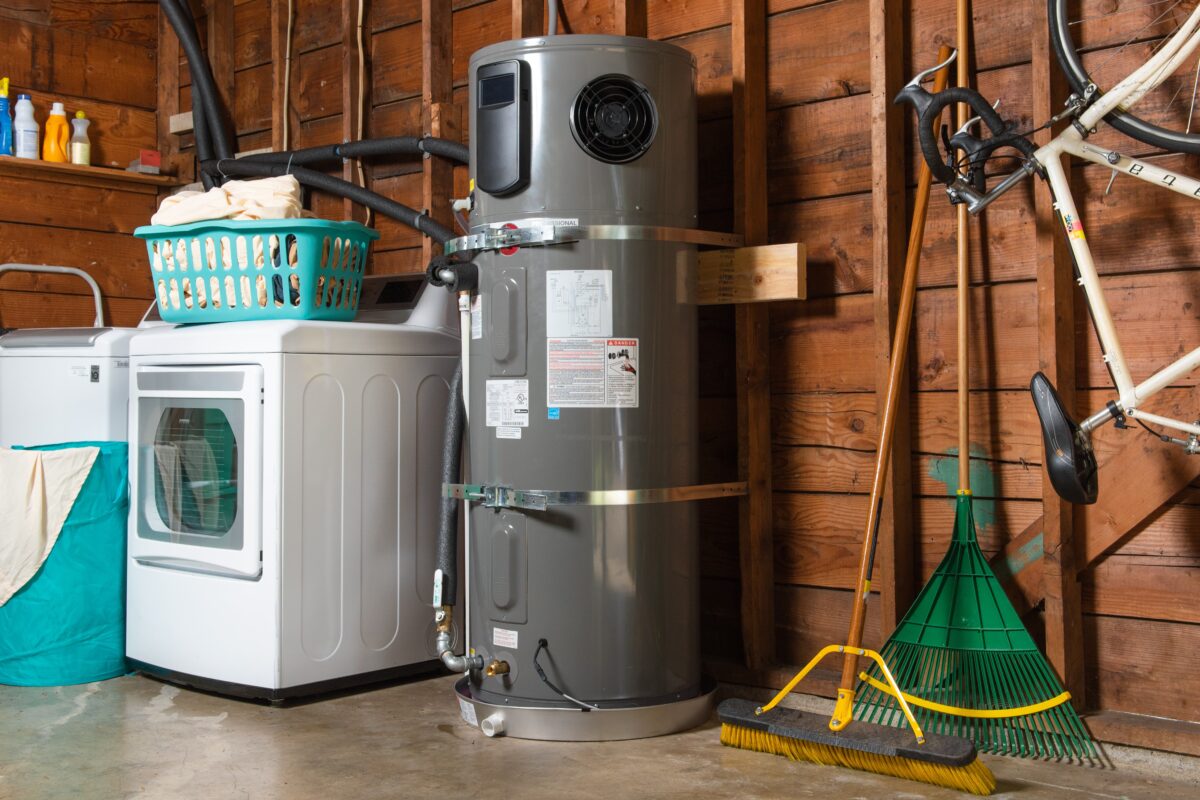
We Are the Rare, Repeat Heat Pump Water Heater Customers
We’ve embraced heat pump water heaters on our journey to electrify completely. And we were among the first in the US to buy and install a plug-in, 120V heat pump water heater
Read ArticleJanuary 25, 2024
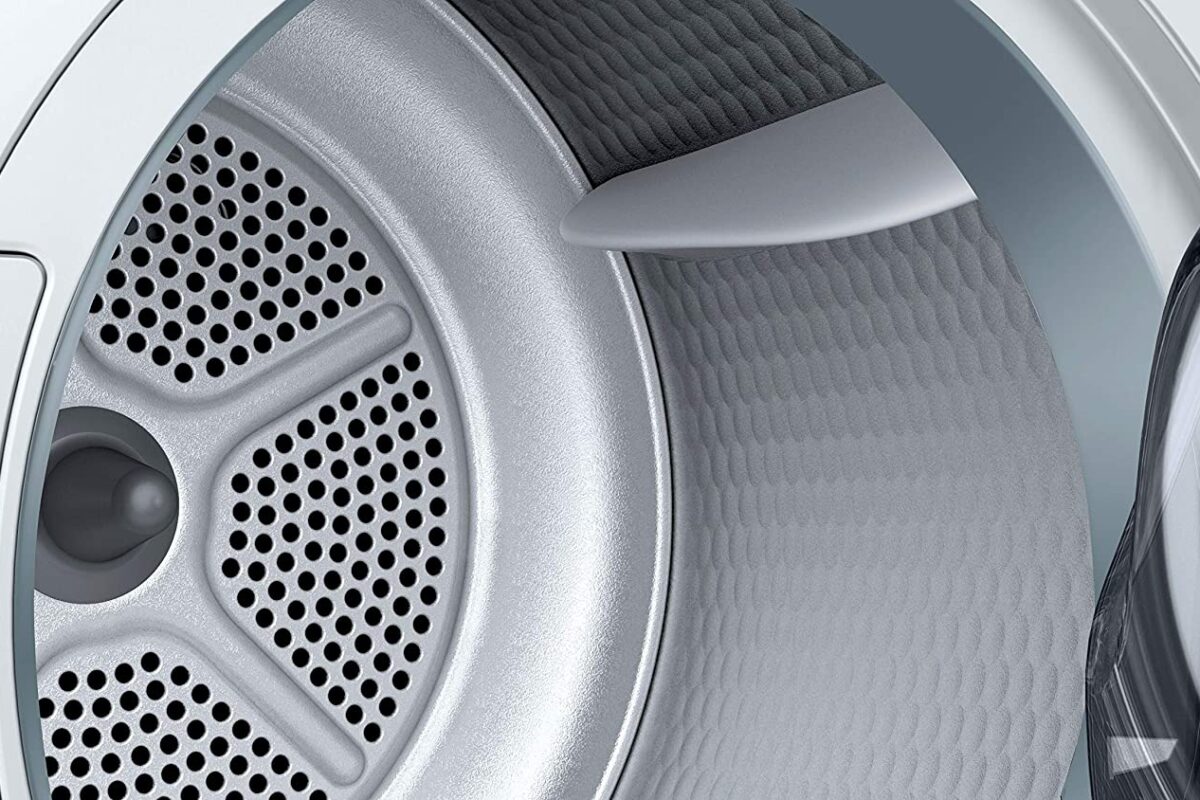
Heat Pump Clothes Dryers: Low-Impact Laundry
Heat pump clothes dryers are an exciting, relatively new electrification technology. One can cut perhaps 10% of your household energy use.
Read ArticleJanuary 8, 2024
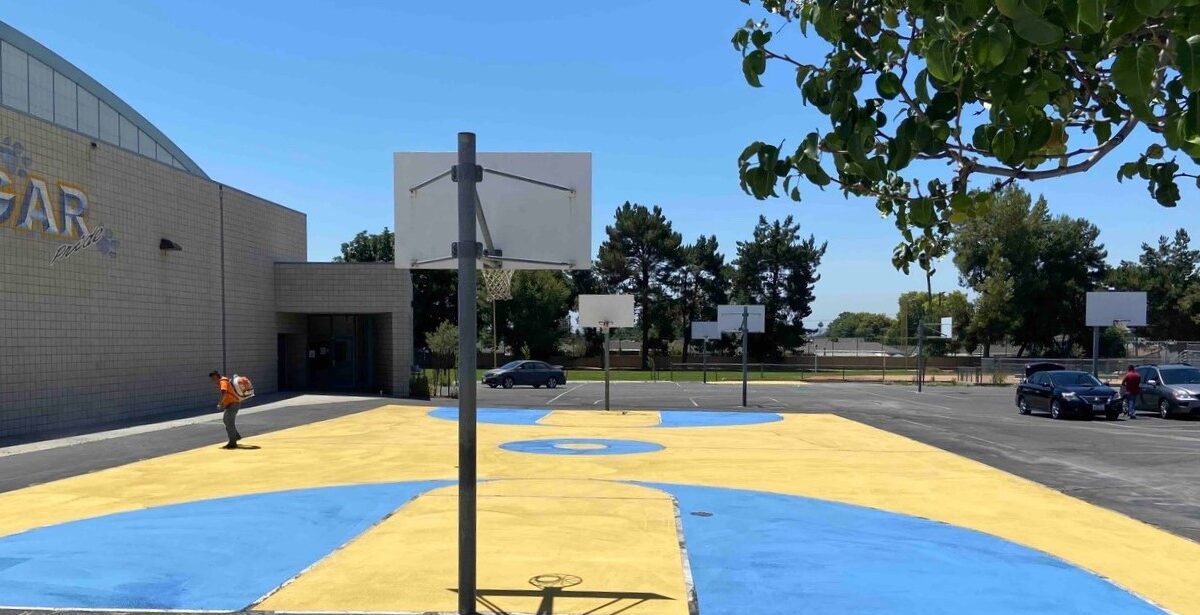
ePAVE Joins the Battle Against Urban Heat Islands
During a day with a comfortable temperature of 75°F, asphalt surface temperatures in full sun can rise to 125° F or more. “Cool pavement” coatings from ePAVE can decrease those surface temperatures by 5–20°F.
Read Article